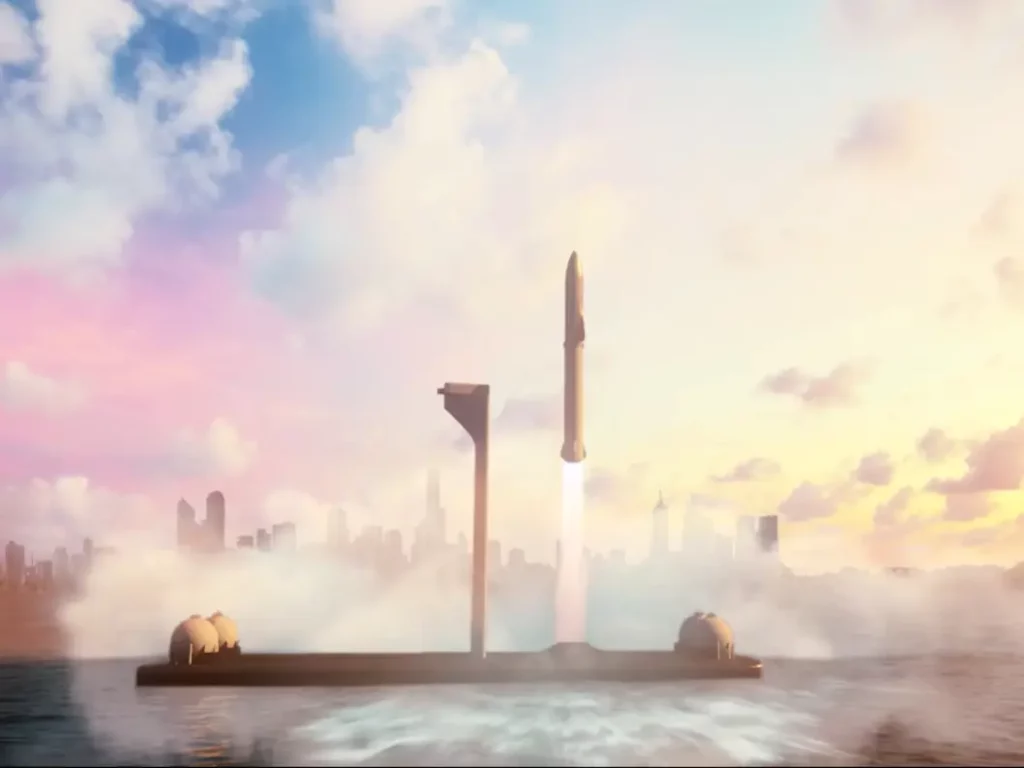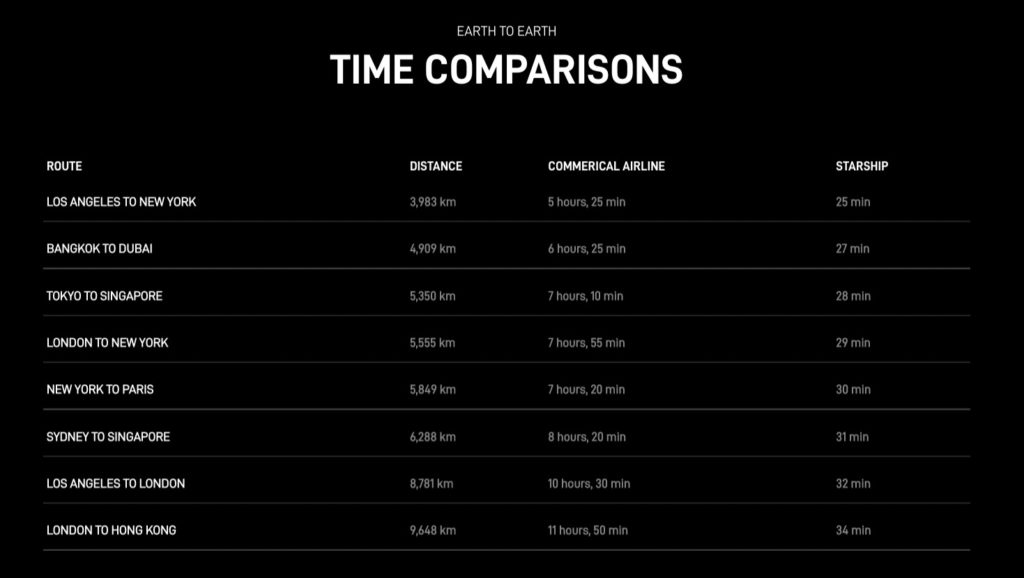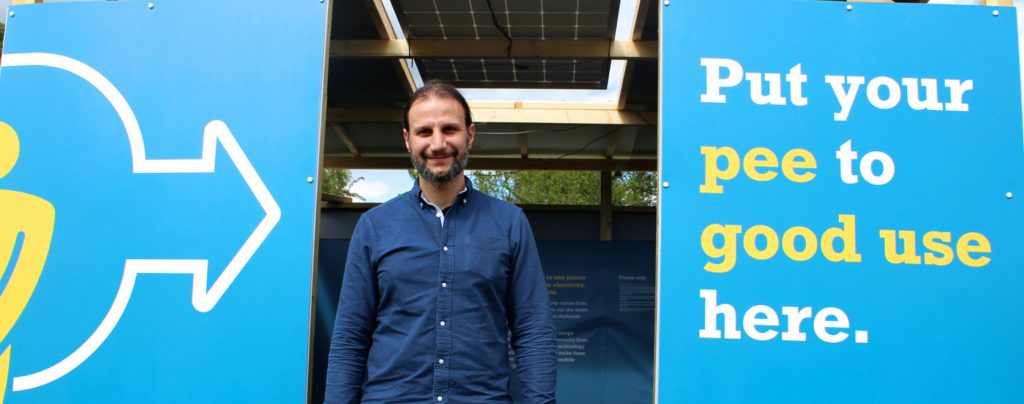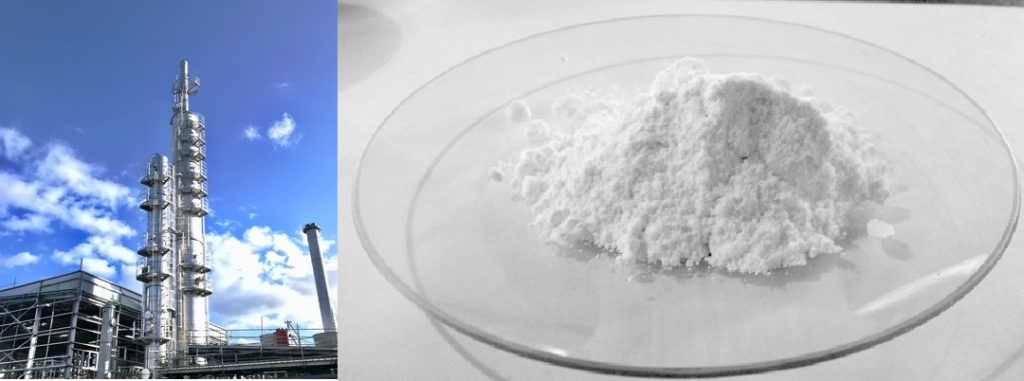Every month Valispace explores the intersection of technological progress, innovation, and engineering ambition.
We report on some of the out of this world (sometimes literally) engineering projects that are in development. Then we use our experts to verify how likely each project is to succeed in their attempt to turn science fiction into reality.
Space Elevator – Obayashi Corporation
A 96,000km carbon nanotube cable that connects to a floating earth port so that future tourists can take an elevator to a GEO station stabilised by a 12,500 ton counterweight…
It might not be what Led Zeppelin had in mind when they talked about a stairway to heaven, but Japanese engineering company Obayashi are convinced that this technology will work, outlining a roadmap to have construction finished by 2050. 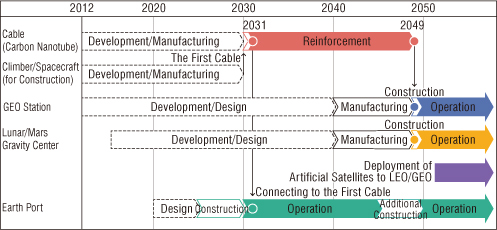
The elevator would travel at a speed of 200km/h and would vastly reduce the cost of sending people, and things, to space.
Wanna send something to space right now? You’re looking at a bill of around $22,000 per kilogram to deliver that package via a rocket. Obayashi researchers think that with the space elevator, that cost will be slashed to $200 per kilogram.
What they said:
“The tensile strength is almost a hundred times stronger than steel cable so it’s possible – right now we can’t make the cable long enough. We can only make 3-centimetre-long nanotubes but we need much more… we think by 2030 we’ll be able to do it.”
Yoji Ishikawa, Research and Development Manager – Obayashi
ValiVerdict: 1/10
Very unlikely to happen in my opinion. They are claiming to be able to produce 3 cm long nanotubes right now. To get that to 96000 km that would be an increase of 9 orders of magnitude. Just to put this into perspective, that is like taking an empty balloon and inflating it to the size of the earth. And they don’t need just one nanotube. They need several billions of carbon nanotubes side by side to have some sort of cable.
Tensile strength is still an unknown factor of such long nanotubes. And what about air friction? The higher up you go, the faster the cable travels through the atmosphere which will generate enormous heat. Studies show that carbon nanotubes start oxidizing at 500 ºC. They would not withstand temperature arising from air friction. And this is only the tip of the iceberg…
Paul Grey – Customer Success Engineer
Earth to Earth travel – SpaceX
“With Starship and Super Heavy, most international long distance trips would be completed in 30 minutes or less”
Now even for someone that is used to dreaming big – think under-city tunnels to beat traffic, developing brain-computer interfaces, and attempting to clean up twitter (probably impossible, this one) – Elon Musk’s assertion that we can travel from London to Los Angeles in 32 minutes seems fantastical.
Or is it…?
Starship, the fully reusable vehicle created by SpaceX for applications ranging from deploying Starlink to colonizing mars, has been earmarked as the vehicle that will deliver cross-planet travel in the same time as watching an in-flight Star Trek episode.
The vehicle would travel at Mach25(!!) with a journey costing around $1,200 per person. The thing is, travelling by rocket isn’t exactly quiet, so SpaceX are planning to build floating space stations 20 miles from city centres.
If you were worried that the time to commute 20 miles might be a tad long, fear not, SpaceX says a Hyperloop system will connect the ports to the city.
Travel time? 10 minutes.
What they say:
“There will be many test flights before commercial passengers are carried. First Earth to Earth test flights might be in 2 or 3 years.”
Elon Musk, CEO SpaceX – June 2020
(Given that Elon’s in-tray is piling up with twitter trauma, we can assume this prophetic deadline will not be met)
ValiVerdict: 7/10
Technically not that farfetched, specially from Spacex that has mastered landing rockets with the Falcon, but the stress of launch and landing might not be suitable for commercial flight.
The noise pollution and environmental impacts of the launch/landings sites might be an issue, too close to a city, not feasible, too far out, too unpractical and then the time gains are reduced.
For cargo it seems more feasible but then the cost might be too high.
João Gonçalves, Head of DevOps
Want more excellent engineering stuff like this in your inbox? Sign up to our Newsletter
Creating energy from human waste – Bristol BioEnergy Centre
Are you taking the P***?!
No really, are you? There’s a chance we might just need it to power the planet of tomorrow.
For decades amateur scientists have been experimenting with alternative methods to power things, whether it’s using vegetable oil as fuel for cars or using excess heat from a crematorium to power a swimming pool.
Now, a research lab in the University of West England, Bristol is experimenting with the power of urine to, erm, power!
The team, led by professor Ioannis Ieropoulos, are using a microbial fuel cell (MFC) that is able to generate electricity from naturally occurring biomass.
Bristol BioEnergy Centre recently successfully charged a mobile phone using MFCs fed with real, actual, human urine.
The project has some notable funders, securing investment from the Bill & Melinda Gates foundation and the EU.
The technology was trialled at Glastonbury Festival and was able to power the lighting at night of the 40 person urinal block – although as of yet we cannot verify whether the stimulant-laden urine of festival goers is more powerful than regular pee.
What they said:
“So inside the microbial fuel cell, we’ve got live organisms, live bugs – the same bugs that we find in sediment and in our guts. Those little organisms inside the MFC eat the fuel that we give them, and by eating it and breaking it down, they produce electrons, which are the electrons we see at the output of the MFC”
Professor Ioannis Ieropoulos, Project Lead – Bristol BioCentre
ValiVerdict: 8/10
Very likely. There are a lot of electrochemically active bacteria that, when provided with the right “food” are able to produce electrons as a “waste” to their natural metabolism. For instance the Geobacter sulfurreducens is a well-known bacteria that metabolises salts in electrolytes and in the process transfers electrons to the cell exterior.
In the right conditions and with the right “food” those bacteria would be able to produce enough electricity to power low-power applications such as LED lights. Here, our pee might just be their perfect lunch for energy production.
Paul Grey – Customer Success Engineer
Carbon Capture into baking soda – Tata Chemicals
A $24 million project to remove carbon dioxide from the atmosphere and turn it into sodium bicarbonate (aka that tub of baking soda lurking in your kitchen cupboards) has been launched by Tata Chemicals in the UK.
Tata Chemicals is one of Europe’s leading producers of sodium carbonate, salt and baking soda, and in June 2022 opened their new plant in the north-west of England and is the UK’s biggest carbon capture project.
Tata says its plant will capture 40,000 tonnes of carbon from the atmosphere (the equivalent of taking 20,000 cars off of the road) and much of this will be purified and turned into sodium bicarbonate.
This will then be used for haemodialysis for kidney disease patients, pharmaceutical tablets and food grade baking soda.
What they say:
“The completion of the carbon capture and utilization plant enables us to reduce our carbon emissions, whilst securing our supply of high purity carbon dioxide, a critical raw material, helping us to grow the export of our pharmaceutical grade products across the world”
Martin Ashcroft – managing director – Tata Chemicals Europe
ValiVerdict: 8/10
Interesting concept, and if the need for high purity CO2 exists, specially in the medicine industry, then future is assured.
The company behind it, Tata, is already a big player with enough chemical expertise to give this a unique credibility.
João Gonçalves – Head of DevOps
Want more excellent engineering stuff like this in your inbox? Sign up to our Newsletter



